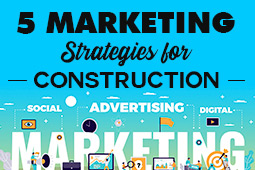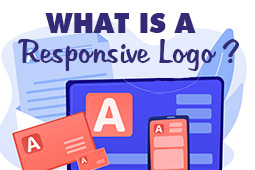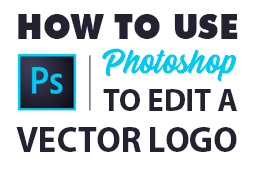
How Logo Designs are Made: Transactions between Designers and Clients
The design process, particularly for logos, is a two-way street between the designer and clients. As designers, we need to understand more than just the basics about our customers. In turn, our clients will need to know more about our style to see if the vision they have in mind about their logo and the artistry we have as designers would go together.
Start designing your logo now
If you are a client looking to learn more about the process of collaborating with a designer or if it’s your first time to seek an artist’s perspective on your work, then read on to find out about what usually goes on in a design process. If you’re a designer who happened to stumble upon this article, continue reading and let us know if your ritual on creating art is similar to ours or not!
First off, any process of creating art isn’t something anyone can replicate anytime anywhere. There aren’t any specific guidelines, standards, or methods for us to follow nor a rulebook to guarantee a successful collaboration. After all, art is art even when we also mean business. Although there may be similarities and particular practices we can observe in every partnership, which we will present in this article, every design experience is still unique for the clients and designers. Coming up with a project that will satisfy your customer and make you happy as an artist may, however, depend on the following basic steps.
Come up with a Design Brief
The initial step is to come up with a set of information and instructions to outline what clients want to achieve at the end of a project. So any planning needs, to begin with, proper communication between both parties. Designers must be able to ask the right questions to get the right answers from clients. In turn, customers must be knowledgeable and clear enough to explain what the logo design is for, what the nature of their business is as well as its personality, what their niche market is, and what kind of style or image they want people to associate with their brand. These are but a few basic information that every designer would want to know where to draw inspiration from and how to go about with the design.
After coming up with a design brief, designers will have to decide whether to take on the project or not. Clients may also take this time to weigh things and check if they’re coming from the same vantage point as the designer regarding the vision of the logo they have in mind. If both agree to push through with the project, the next fundamental step is to research.
Take it Further with Research
With the brief on hand and after agreeing to go to the next step of the process, a bit of research will now help designers. This part of the process when we learn more about the industry the clients are in is valuable. Details about the history of our customers’ business, the industry itself, and some information on their competitors will serve as a guide to the logo design. The guide will help designers avoid using elements that are contrary to the personality and characteristics of our clients’ businesses. This step may also help designers come up with the perfect logo that will differentiate our clients from their competitors, which is crucial in any marketing industry.
Additional research is also welcome when it comes to the techniques or style required in a particular design. Like any other people, designers can also continue to learn more about how a particular logo would look a certain way or why one feels more formal or corporate than another that gives off a carefree vibe. Then again, this step is not imperative since some designers would rather follow their visual aesthetics than to incorporate other people’s styles into their work.
On to the Thinking Chair
This next step will take up most of the design process. Creative juices are squeezed out during this crucial step, and designers are expected to make use of the information gathered during the two previous steps. The design brief and research information may be alternately checked and put aside by designers as they look around for inspiration from things as ordinary as a pin perhaps or as awe-inspiring as an iris that resembles the universe.
However, this isn’t necessarily the time for us designers to seclude ourselves from any other human being especially our clients. If we can, it’s very beneficial to occasionally speak with our customers and update them on the progress of our design. Constant communication with them will guide our design process and will help us avoid throwing away our almost completed work. After the designing part, we are now on to our next step, which is getting feedback.
Feedback is the Breakfast of Champions
In any process, especially those with results commissioned by our clients, it is vital to receive constructive criticism to better our designs. If closely followed the earlier steps, then there shouldn’t be any issue with our concept. Or if there’s any at this point, then the matter should at least be minor, and both parties may be expected to end the project soon. However, if there was no given feedback to designers and come submission time clients aren’t happy with the result, then there are likely bumps ahead. We should have constant communication and feedback to avoid further frustrations and difficulty. This step, however, may vary in the length of time it takes for a designer and client to agree on the final output.
Signed, Sealed, Delivered
After much deliberation during the design and feedback stages, both designers and clients have now come to a point where a final approval is in order. The final step is when we have the brief checked to see if we made the expected deliverables. It is now up to the clients and designers how they will end the project – the technicalities involved to assure and put on record the project's completion. It is during this part when the nature of both parties’ working relationship is realized and becomes valuable enough to determine if the clients will collaborate with the designer on future projects. Skills, talent, and creativity make a great design, but it pays to have good communication and attitude so a repeat of this process can happen.
Author’s Bio
Earl Jonathan Tech is the founder of PrintMeister, one of the newest online companies offering printing services that include basic printing to custom calendar magnets. His work focuses mainly on marketing and merchandising, but he writes on his spare time.





